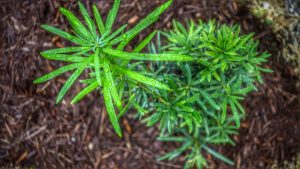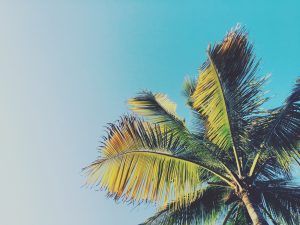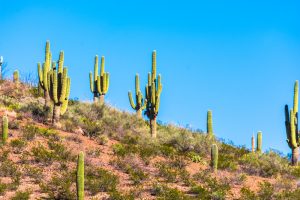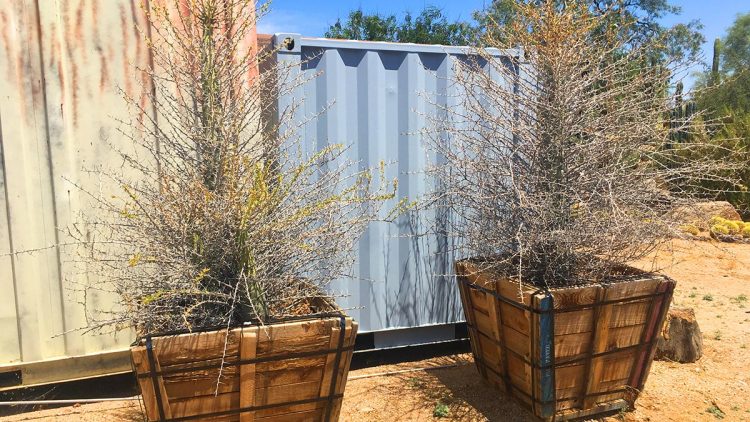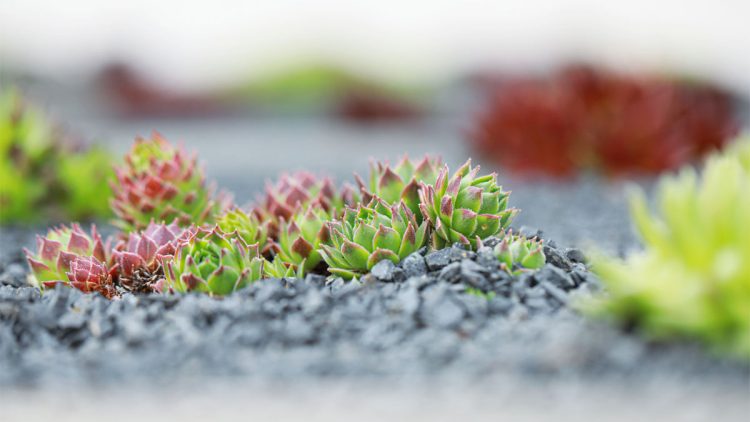Landscaping Costs Arizona 2024

Landscaping costs in Arizona in 2024 can vary depending on factors such as the size of the property, the scope of the landscaping project, the materials used, and the specific requirements of the project. Here’s a breakdown of potential landscaping costs in Arizona:
- Design Fees: If you’re working with a landscape designer or architect to create a custom landscape design plan, you may incur design fees. Design fees can vary based on the complexity of the project and the experience of the designer but typically range from $500 to $5,000 or more.
- Materials: The cost of landscaping materials such as plants, trees, shrubs, flowers, mulch, soil, rocks, and paving materials will depend on the size of the project and the quality of the materials chosen. Prices for materials can vary widely, but as a rough estimate, you can expect to pay anywhere from $1,000 to $10,000 or more for materials for a typical residential landscaping project in Arizona.
- Labor: Labor costs for landscaping can vary based on factors such as the size of the property, the complexity of the project, and local labor rates. Landscaping labor costs typically range from $50 to $150 per hour per worker, with larger projects requiring multiple workers and potentially higher costs. For a complete landscaping project, labor costs can range from a few thousand dollars to tens of thousands of dollars or more.
- Hardscaping: Hardscaping elements such as patios, walkways, retaining walls, and decks can significantly impact landscaping costs. The cost of hardscaping materials and labor will depend on the size and complexity of the project but can range from $5,000 to $20,000 or more for a typical residential project in Arizona.
- Irrigation and Drainage: If your landscaping project includes irrigation systems, drainage solutions, or other water management features, you’ll need to budget for these additional costs. Prices for irrigation and drainage systems can vary depending on the size of the property and the complexity of the installation but typically range from $1,000 to $5,000 or more.
- Maintenance: Don’t forget to budget for ongoing maintenance costs such as lawn mowing, pruning, fertilizing, and weed control. The cost of landscaping maintenance will depend on the size of the property and the level of maintenance required but typically ranges from a few hundred to a few thousand dollars per year.
Overall, the total cost of landscaping in Arizona in 2024 will depend on the specific requirements of your project and your desired outcome. It’s essential to work with reputable landscaping professionals, obtain multiple quotes, and carefully consider your budget and priorities to ensure a successful and cost-effective landscaping project in the Arizona climate.
Desert Plants For Sale Cave Creek, Arizona
If you are interested in increasing the beauty of your landscape by buying desert plants, stop by our convenient location at 33840 N. Cave Creek Rd., in Cave Creek. For customers interested in our landscaping services, give us a call at (480) 488-9455 to schedule a visit to your home.





